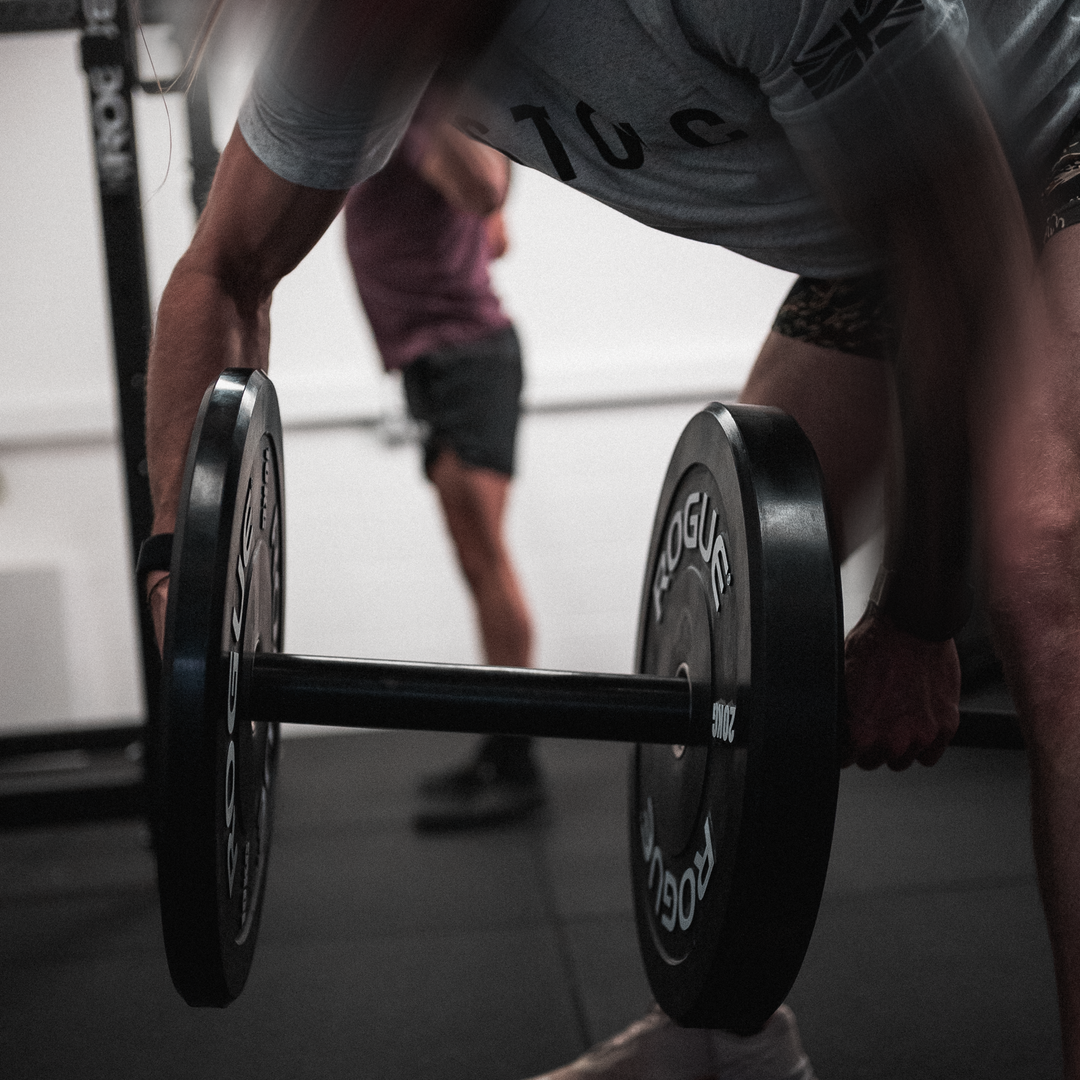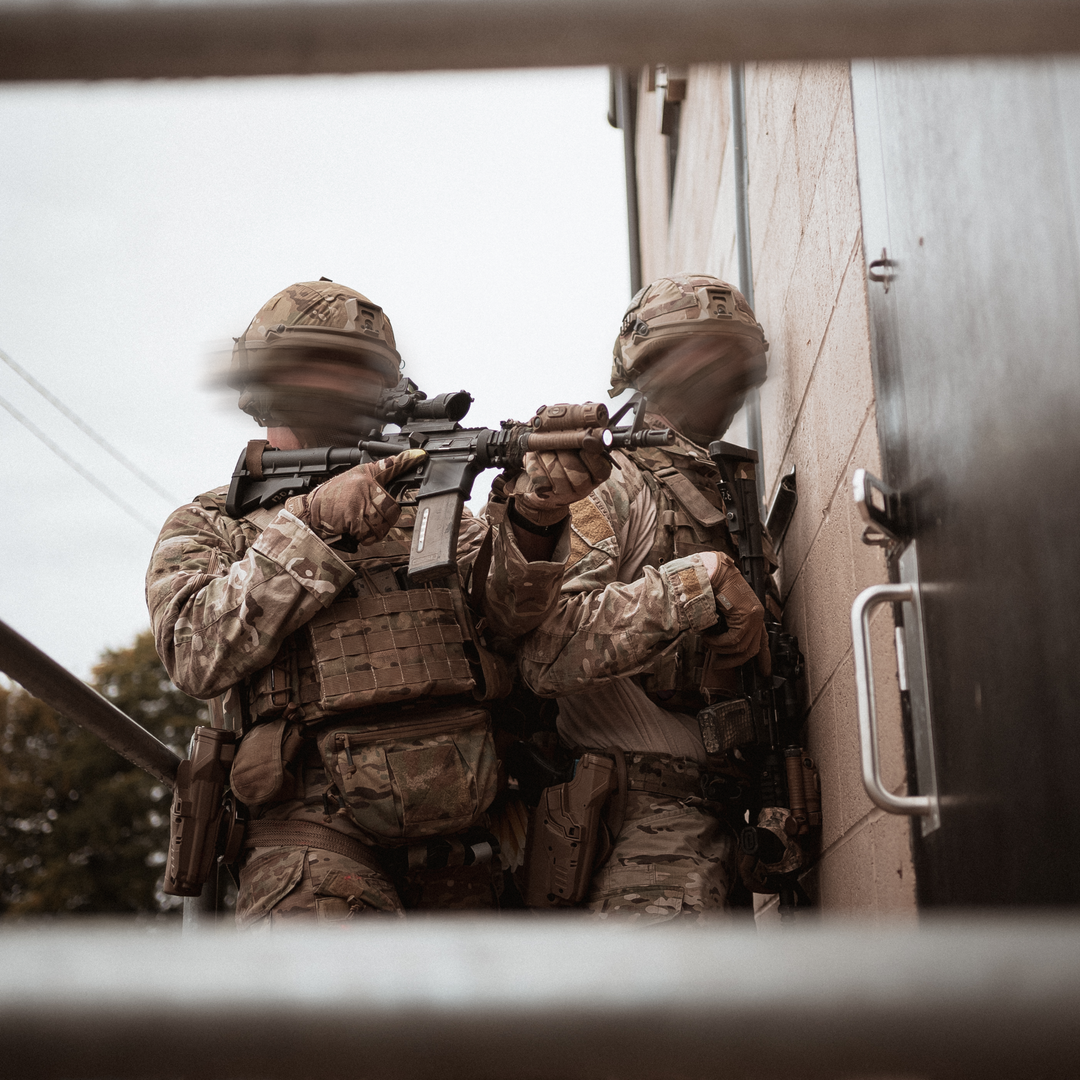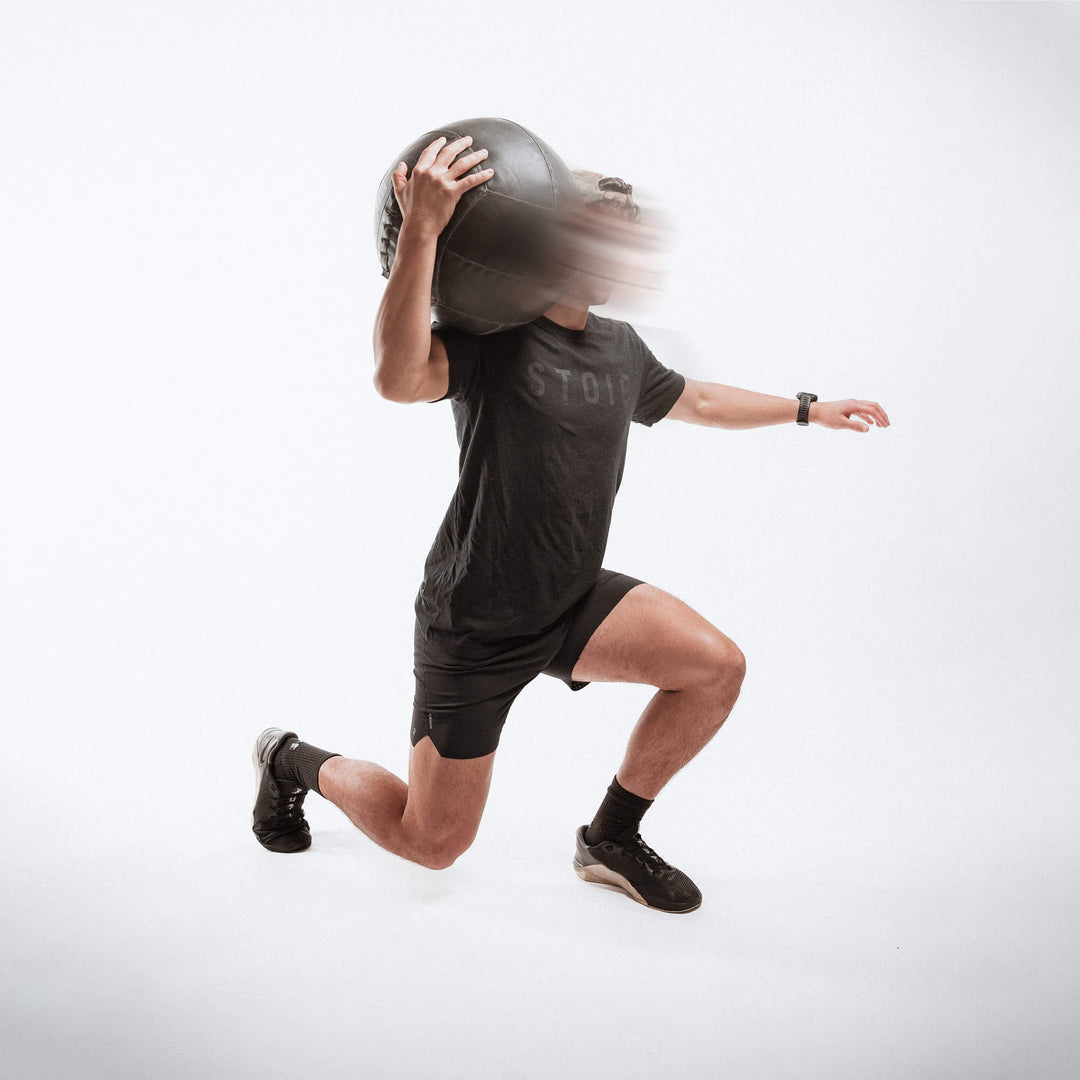WORKING WITH THE STRESS RESPONSE

By Christine Sanchez, PhD, CMP, BCB
We cannot choose our external circumstances, but we can always choose how we respond to them.”
~ Epictetus
Resiliency and stress tolerance are commonly mentioned attributes of elite soldiers and operators. Both terms relate to how an individual manages the stress response in high-pressure scenarios. In this article, we will discuss the multidimensional components of stress and how our bodies are engineered to optimally thrive under pressure and sustain high-level performance over time.
Multidimensional Components of Stress
Acute versus Chronic
Acute stressors are short-term in nature. In Military Free Fall (MFF), an acute stressor may be safely exiting the plane or pulling the rip cord at the appropriate altitude and distance from other jumpers. Managing the stress response appropriately requires the jumper to manage his or her energy levels (i.e., nerves, maintaining a quiet mind, and present moment focus).
Other stressors may be more chronic or long-term in nature. For example, balancing dynamic training/work schedules with personal life demands at home is an example of chronic stress many tactical athletes experience.
An inability to properly manage one’s energy levels with chronic stressors may lead to feelings of irritability, fatigue, scattered thoughts, and difficulty remembering important information. Table 1 lists other acute and chronic stressors tactical athletes must manage in order to achieve optimal performance.
| Acute | Chronic |
| Performing a no fail mission | Qualifying for a promotion or elite team |
| Learning a new skill under a condensed timeline | High work operational tempo (OPTEMPO) |
| Conducting a brief | Managing personal life demands |
| Taking a test (academic or tactical) | Managing team personalities |
| Combatives | Achieving a competitive advantage over market or emerging threats |
Table 1: Examples of acute (short-term) and chronic (long-term) stressors

Physical, Mental, and Emotional Stressors
A resilient Operator rebounds from physical, mental, and emotional stressors.
Physical stressors test our abilities to manage physical discomfort, such as having the endurance to ruck XX km or hoist XX kilos over a barrier.
Mental stressors test our abilities to maintain effective thinking and a growth mindset when faced with adversity. Examples of mental stress may be quickly processing information during a challenging stress shoot, Close Quarter Combat (CQC) run, or receiving negative feedback from the cadre.
Emotional stressors challenge us to manage emotional discomfort. Failing to be selected for an elite team, breaking up with a significant other, or even the death of a teammate are examples of emotional stress.
Below, table 1 lists some common examples of physical, mental, and emotional stressors tactical athletes experience.
| Physical | Mental | Emotional |
| Strength & conditioning workouts | Receiving negative feedback in debriefs | Unrealistic expectations at work (no missions) |
| 12+ hour work days | Micro-management | Personal life sacrifices for a professional gain |
| Upside down work schedule | Self-criticism | Trauma (regret or grief) |
| Frequent time zone travel | Fear of failure or letting the team down | Making difficult decisions |
| Blast exposure | Uncertainty | Lack of inclusion or support |
Table 2: Examples of different types of stressors

Understanding the Stress Response – Role of ANS and 2 phases
The human body is engineered to perform like a high-performance vehicle under stress. We were built to be driven fast and aggressively. However, much like a Formula 1 car the human body is in need of periodic pit stops to reset and recover. Regularly scheduled maintenance and tune-ups in the shop enable us to perform optimally in the heat of the moment and across a career. Next, we will deep dive into the stress response to learn more about how we can optimally thrive under pressure and sustain well-being.
The brain activates the stress response when you hear or see something that poses as a challenge or a threat in the environment (Harvard Health, 2020). Picture yourself in a challenging training scenario, your eyes and ears pick up on environmental cues and activate a portion of the brain called the amygdala that is in charge of storing emotional memories. Based on your past experiences and mindset , the amygdala may perceive that the evolution is either 1) an opportunity to expand your skillset (i.e, a challenge) or 2) a threat to your ego and how others perceive your abilities (Lazarus & Folkman, 1984). The amygdala will next send a signal to the hypothalamus, a portion of the brain that acts much like a command centre. The hypothalamus interprets the need for action and activates the Autonomic Nervous System (ANS).
Let’s go back to our Formula 1 car analogy. The ANS is comprised of two components: The Sympathetic and the Parasympathetic Nervous Systems (SNS and PNS respectively). Think of the SNS as the gas pedal and the PNS as the braking system in the Formula 1 car. You can even imagine that the PNS is like downshifting to a lower gear if preferred.
The hypothalamus signals the need for action and activates the gas pedal, or SNS, via the adrenal glands and the hormone epinephrine (i.e., adrenaline). The SNS is responsible for activating various aspects of your physiology (see Figure 1). For example, heart rate speeds up, respiration quickens to send blood to vital areas, muscles activate to get ready for action (important for gross motor control skills), vision narrows to focus on what’s most important, etc.

If the brain perceives too much activation for the task at hand, then the PNS will slow down or “let go” of excess physiological activation. Much like high-speed driving, when you approach a tight curve, you’ll need to gently tap the brakes or downshift to help modulate your speed for staying in control.
This “letting go” in the PNS occurs through activation of the Vagus Nerve and is what lowers heart rate, slows down respiration, releases excess tension in the body (important for fine motor control skills), and zooms out our vision (See Figure 1). Vagus in Latin stands for wandering and is a big nerve that winds down our body connecting our brain, heart, diaphragm, gut (intestine), and other muscles. See Figure 2.

Stress resiliency in the heat of the moment vs. sustaining performance over time (well-being optimisation)
In an earlier Mindset article, we discussed how our bodies perform at our best when we can achieve homeostasis (i.e., balance) after experiencing acute and chronic stressors. Homeostasis can be thought of as a reset to facilitate recovery for our next major event on the training field or set in the gym. We all need some level of stress in our daily lives to stay motivated, focused, and expand our comfort zones/skill set. Too much stress, or an inability to modulate the stress response appropriately, can degrade our performance both in the present moment and throughout our careers.
Figure 3 displays the Inverted U curve to help explain how optimal self-regulation of the stress response influences our ability to stay within our individual “zones of optimal functioning” for thriving under pressure (Kamata, Tenenbaum, & Hanin, 2002). An inability to amp up or amp down as needed can degrade performance and well-being.

Adapted from Kamata, Tenenbaum, & Hanin (2002)
How do I stay within my Zone of Optimal Functioning?
Self-regulation strategies that deliberately activate the PNS and stimulate the Vagus nerve enable us to thrive under pressure and remain resilient across a career.
In our next Mindset article, we will provide strategies for optimally stimulating the Vagus Nerve and activating the PNS for increased resiliency and stress tolerance between performance events. As a sneak peek, one such strategy is Low and Slow Breathing. This technique involves breathing from our diaphragm at a rate that optimally stimulates the Vagus Nerve and activates the PNS. This is called “resonance frequency” breathing (Lagos, et al., 2008).
We will also discuss other strategies that stimulate our Vagus Nerve and can be integrated into your daily, weekly, and monthly training regimens for optimal recovery.

Christine Sanchez, PhD, CMPC, BCB
Mental Performance Consultant
Dr. Christine Sanchez provides mental skills training and executive coaching to elite performers. She has over 16 years of experience working within a variety of performance domains, such as US Special Operations, first responders, professional sports, and executive leaders. Dr. Sanchez is best known for her work integrating biofeedback training with performance under pressure and recovery optimization. She earned her PhD in Sport and Performance Psychology from Florida State University, and currently holds the following certifications: Board Certified in Biofeedback, Certified Mental Performance Consultant, and Certified Breathing Behavioural Analyst.
References:
Kamata, A., Tenenbaum, G. & Hanin, Y. L. (2002). Individual Zone of Optimal Functioning (IZOF): A probabilistic estimation, Journal of Exercise & Sport Psychology, 24(2), 189-208.
Lagos, L., Vaschillo, E., Vaschillo, B., Lehrer, P., Bates, M., & Pandina, R. (2008). Heart Rate Variability Biofeedback as a Strategy for Dealing with Competitive Anxiety: A Case Study, Biofeedback, 36(3), 109–115.
Lazarus, R. S., & Folkman, S. (1984). Stress, appraisal, and coping. New York: Springer Publishing Company, Inc.
Understanding the stress response. Harvard Health. (2020, July 6). https://www.health.harvard.edu/staying-healthy/understanding-the-stress-response.




